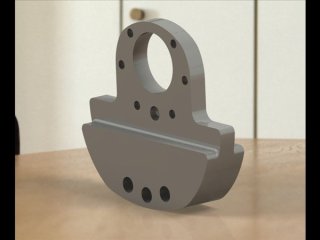I think what you're really saying is the a heavy flywheel works a bit like a primitive traction control system, because it limits the engine's ability to build revs quickly, so less skilled riders are less likely to lose rear wheel traction.My first race bike was a Triton with a short stroke 500 cc Triumph which was made out of 650 parts. It had a light 63mm stroke billet crank. My Seeley 850 is far superior. To race the Triton, I always had to be 120% on top of it. The heavy crank creates a difference which can be managed. The throttle response of my 850 motor is much safer, and it's power is much more usable. It spins-up just as quick as my 500 motor ever did, but it does not get stupid.
Most guys tend to follow each other in corners, usually up on the high line at full lean, and they are very tyre dependent. While they are doing that they are usually trying to go faster - a light crank does not help that process. If you watch MotoGP these days, most passing is done by slipping under other riders in tight corners. On the straights and sweeping curves, it is usually a procession. You do not see much passing when they are at full lean.
That sounds right, but it is a very primitive system, with no ability to recognise the effect of even very significant factors like different tyres, rain on the track, camber, throttle opening. With that heavy flywheel slowing down acceleration the rider's options become very limited; if the rider is on a grippy track, with good tyres, and a powerful engine, then they can't take advantage of that situation.
It feels like most people would want a very light flywheel, so they can decide for themselves when to put down a lot of power, and when to be more cautious.

